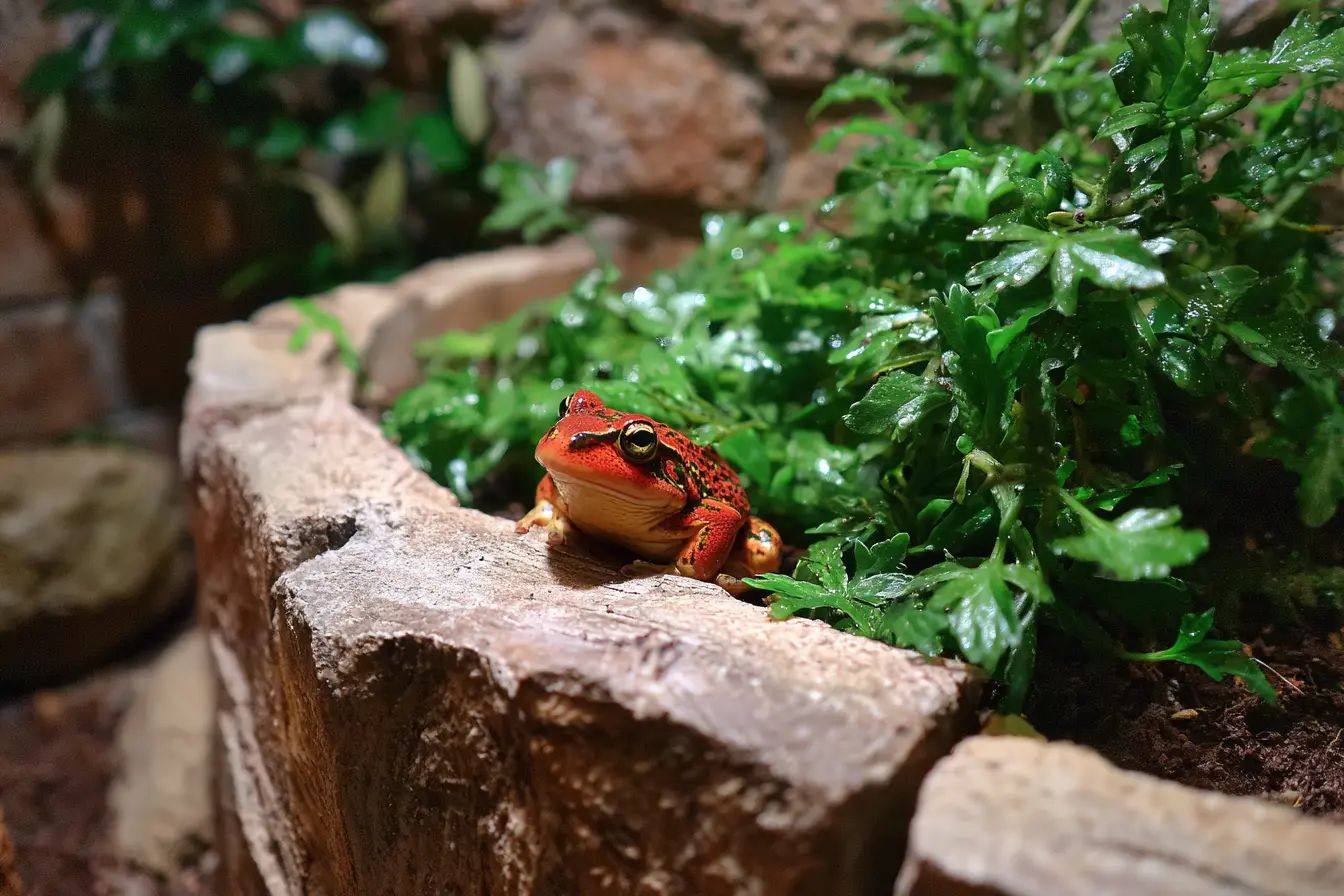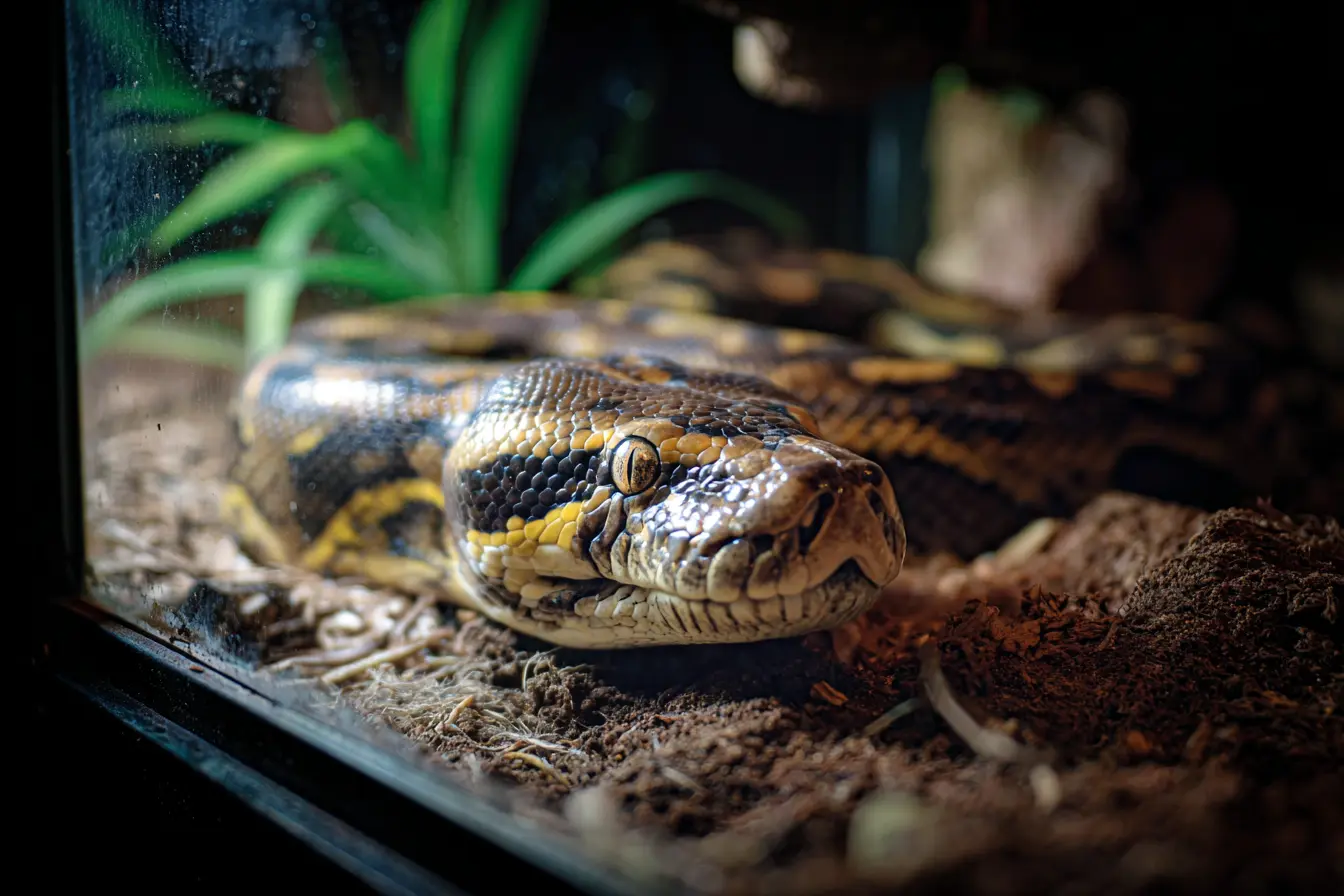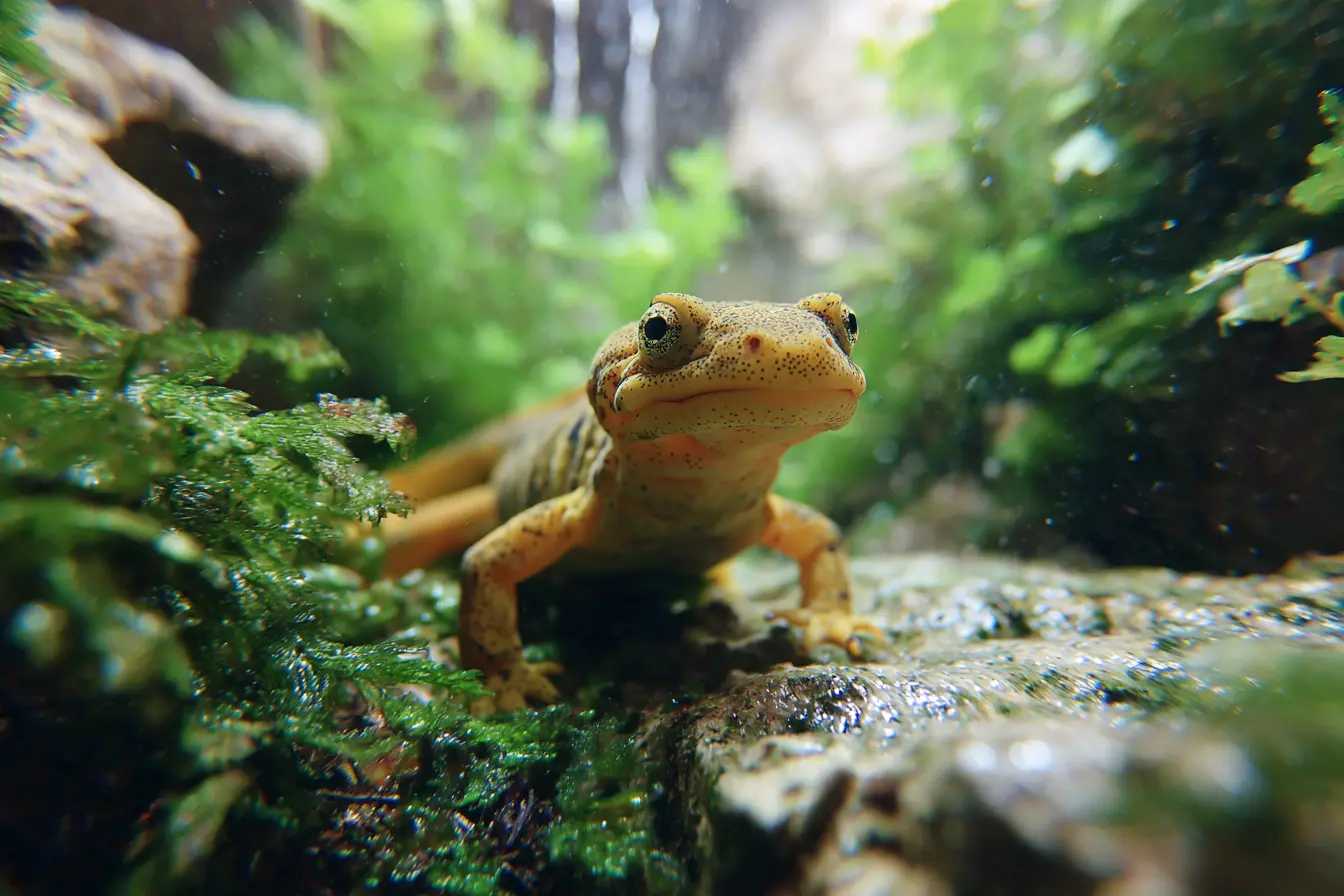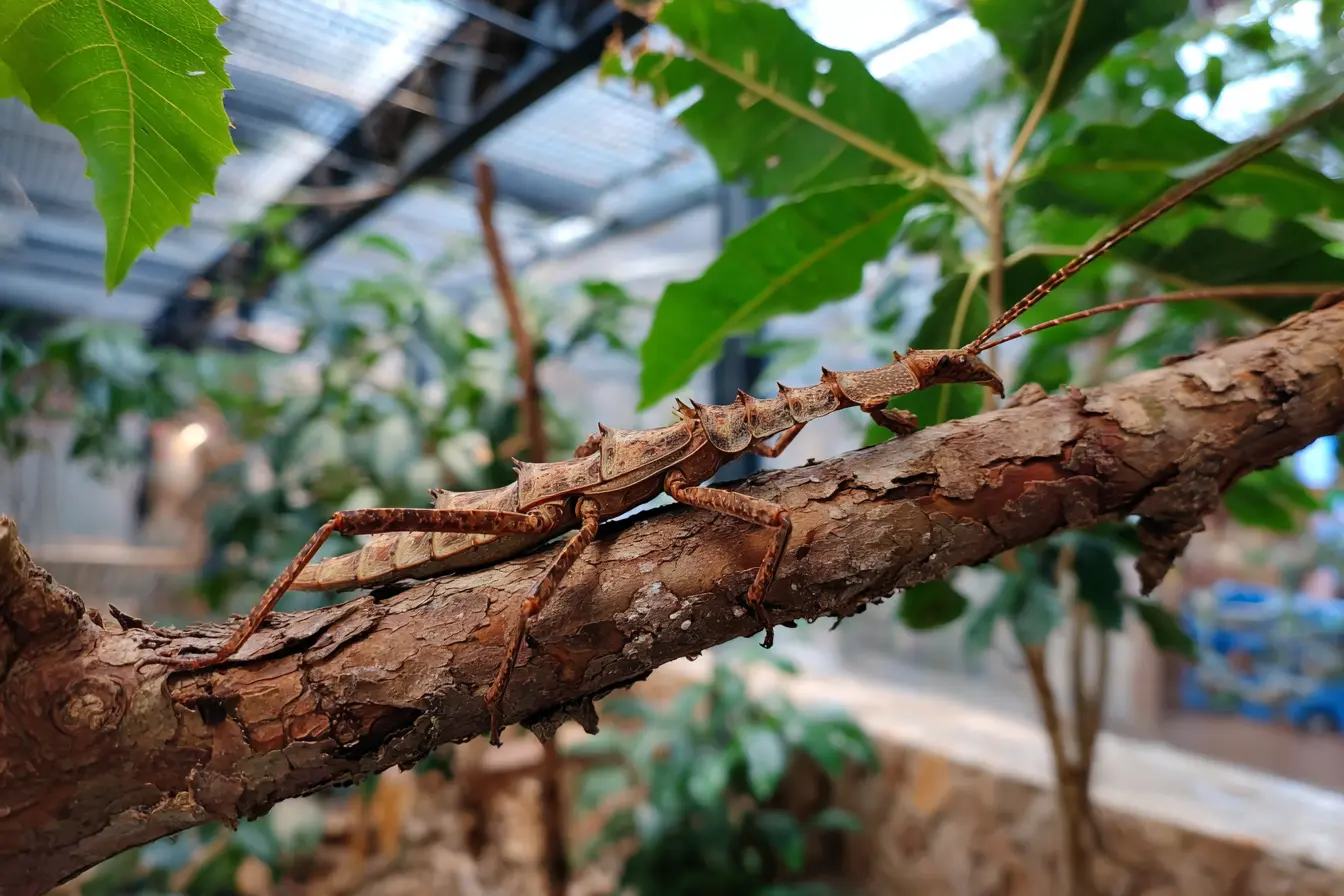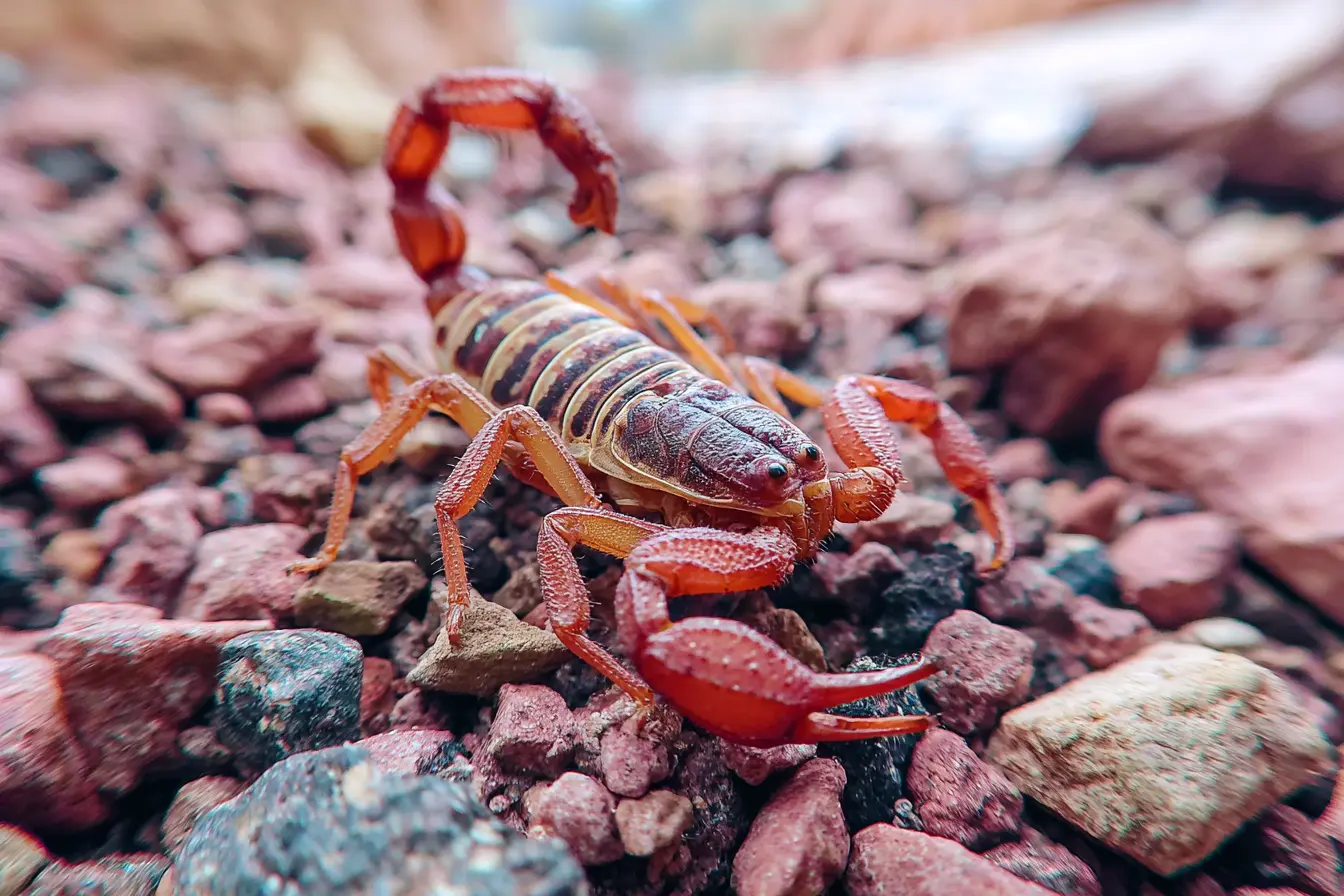
The Complete Guide to Keeping Atacama Red Pygmy Scorpions
The Atacama Red Pygmy Scorpion (Brachistosternus ehrenbergii) is a small and vividly coloured species native to the arid deserts of Chile, particularly the Atacama Desert. Known for its striking red hues and compact size, this scorpion is gaining popularity among exotic pet enthusiasts for its hardiness and fascinating desert behaviours.
This guide covers everything you need to know about keeping, feeding, and breeding the Atacama Red Pygmy Scorpion to ensure it thrives in captivity.
Quick Facts
- Scientific Name: Brachistosternus ehrenbergii
- Origin: Atacama Desert, Chile
- Size: 3.5–4.5 cm (1.4–1.8 inches)
- Lifespan: 4–6 years in captivity (females usually live longer than males)
- Temperament: Shy and reclusive, generally docile, not recommended for handling
- Venom: Mild, not considered dangerous to humans
- Diet: Insectivorous, feeding on small live insects such as crickets and roaches
Why Keep an Atacama Red Pygmy Scorpion?
Keeping an Atacama Red Pygmy Scorpion can be a rewarding and low-maintenance experience for invertebrate enthusiasts.
- Their small size makes them suitable for compact living spaces.
- They display interesting burrowing and nocturnal hunting behaviours.
- They are hardy and adaptable to a range of arid conditions.
- They require minimal maintenance and attention.
- Their beautiful red colouration adds visual appeal to any invertebrate collection.
- They are generally docile and non-aggressive, reducing handling risks.
Choosing and Acquiring an Atacama Red Pygmy Scorpion
Atacama Red Pygmy Scorpions can be acquired from specialist breeders or reputable exotic pet retailers.
When selecting a scorpion:
- Choose a well-fed individual with a plump, healthy abdomen.
- Avoid scorpions showing signs of injury or lethargy.
- Juveniles (instars) are easier to acclimatise but may require additional care.
Housing and Enclosure Setup
Providing suitable housing is essential for the well-being of your Atacama Red Pygmy Scorpion.
Enclosure Type
- A plastic or glass terrarium with a secure lid works well.
- Ventilation is important, but excessive humidity should be avoided.
Enclosure Size
- An enclosure measuring approximately 20cm x 20cm x 20cm is adequate for one scorpion.
- For group housing, a larger enclosure with multiple hiding spaces is required to prevent conflict.
Substrate
- Use a deep layer (5-10cm) of dry sand mixed with clay or excavator substrate to encourage burrowing.
- The substrate should be kept mostly dry to replicate desert conditions.
Hiding and Climbing Areas
- Provide flat rocks, cork bark, and artificial hides for shelter.
- While not climbers, small low structures can provide enrichment.
Temperature and Humidity
- Daytime temperatures should be maintained between 25°C and 30°C.
- Night-time temperatures can safely drop to 18°C-22°C.
- Humidity should remain low (30%-40%), with occasional light misting during moulting periods.
- Over-misting should be avoided to prevent fungal issues.
Lighting
- Special lighting is not required; normal room lighting is sufficient.
- A small heat mat or overhead heat source can be used but should not cover the entire enclosure.
- Avoid direct sunlight to prevent overheating.
Feeding and Nutrition
Atacama Red Pygmy Scorpions are insectivorous and feed exclusively on live prey.
Suitable Prey
- Small crickets, mealworms, and dubia roach nymphs are ideal.
- Juveniles can be fed pinhead crickets or flightless fruit flies.
- Waxworms can be offered occasionally as treats but should not form the staple diet.
Feeding Frequency
- Juveniles should be fed twice per week.
- Adults can be fed once every 7-10 days.
- Periodic fasting is natural, especially before moulting.
Feeding Tips
- Prey should be smaller than the width of the scorpion’s body.
- Remove any uneaten prey after 24 hours to avoid stress or injury.
- Gut-load feeder insects to ensure optimal nutrition.
Water and Hydration
- Provide a shallow water dish with clean, fresh water at all times.
- Light misting in one corner of the enclosure once a week is sufficient for hydration without increasing overall humidity.
Handling an Atacama Red Pygmy Scorpion
Handling should be kept to a minimum to avoid stressing the scorpion.
- Use soft brushes or catch cups for cleaning and maintenance.
- These scorpions are not aggressive but may adopt a defensive posture if disturbed.
- Due to their small size, they are delicate and can be injured by improper handling.
Moulting and Growth
Atacama Red Pygmy Scorpions moult several times before reaching adulthood.
Moulting Stages
- Juveniles go through multiple moults (instars) over several months.
- Moulting allows for growth and the regeneration of lost limbs.
Signs of an Upcoming Moult
- Reduced activity and refusal of food.
- Pale or stretched appearance of the exoskeleton.
- Increased hiding behaviour.
After Moulting
- Avoid disturbing the scorpion for several days after moulting.
- Do not offer food until the exoskeleton has hardened, usually after 5-7 days.
Breeding Atacama Red Pygmy Scorpions
Breeding is possible in captivity with proper preparation.
Mating Process
- Introduce a well-fed male into the female’s enclosure.
- Observe for courtship behaviour, including pincer grasping and a characteristic dance to deposit the spermatophore.
- Remove the male after mating to prevent cannibalism.
Gestation and Birth
- Gestation lasts approximately 4-6 months.
- Females give live birth to 20-30 scorplings.
- Remove scorplings after their first moult to reduce cannibalism risk.
Hatchling Care
- Keep hatchlings in individual containers or in groups with plenty of hiding places.
- Feed appropriately sized live prey such as pinhead crickets or small fruit flies twice weekly.
Common Health Issues
Dehydration
- Symptoms include a shrivelled body and sluggish movement.
- Ensure access to water and mist lightly during moulting periods.
Moulting Difficulties
- Often caused by insufficient humidity.
- Slightly raise humidity levels during pre-moult stages to assist moulting.
Overfeeding and Underfeeding
- Monitor body condition to avoid overfeeding or malnourishment.
- Scorpions can fast naturally for extended periods without ill effects.
Injuries
- Rare but possible due to enclosure hazards or aggression during mating.
- Juveniles can regenerate lost limbs through subsequent moults.
Ethical Considerations
- Scorpions should be kept in environments that allow natural behaviours.
- Always choose captive-bred individuals to avoid wild population depletion.
- Do not release captive scorpions into the wild to prevent ecological disruption.
Legal Considerations in the UK
- The Atacama Red Pygmy Scorpion is legal to keep in the UK without a licence.
- Ensure your scorpion is sourced ethically from reputable suppliers.
- Always comply with local exotic pet regulations.
Final Thoughts
The Atacama Red Pygmy Scorpion makes for a fascinating and low-maintenance exotic pet. With a simple setup, proper care, and respect for its natural instincts, you can enjoy observing this beautiful desert species in your home. Perfect for both novice and experienced keepers, this little scorpion offers a captivating window into the unique world of desert invertebrates.
Contents
- Quick Facts
- Why Keep an Atacama Red Pygmy Scorpion?
- Choosing and Acquiring an Atacama Red Pygmy Scorpion
- Housing and Enclosure Setup
- Feeding and Nutrition
- Handling an Atacama Red Pygmy Scorpion
- Moulting and Growth
- Breeding Atacama Red Pygmy Scorpions
- Common Health Issues
- Ethical Considerations
- Legal Considerations in the UK
- Final Thoughts
Tags
Vets near you
Speciality vets
- Aquatics vet specialists
- Birds vet specialists
- Camelids vet specialists
- Cats vet specialists
- Cattle vet specialists
- Deer vet specialists
- Dogs vet specialists
- Equines vet specialists
- Exotic vet specialists
- Goats vet specialists
- Pigs vet specialists
- Poultry vet specialists
- Sheep vet specialists
- Small Mammals vet specialists
- Wild vet specialists
